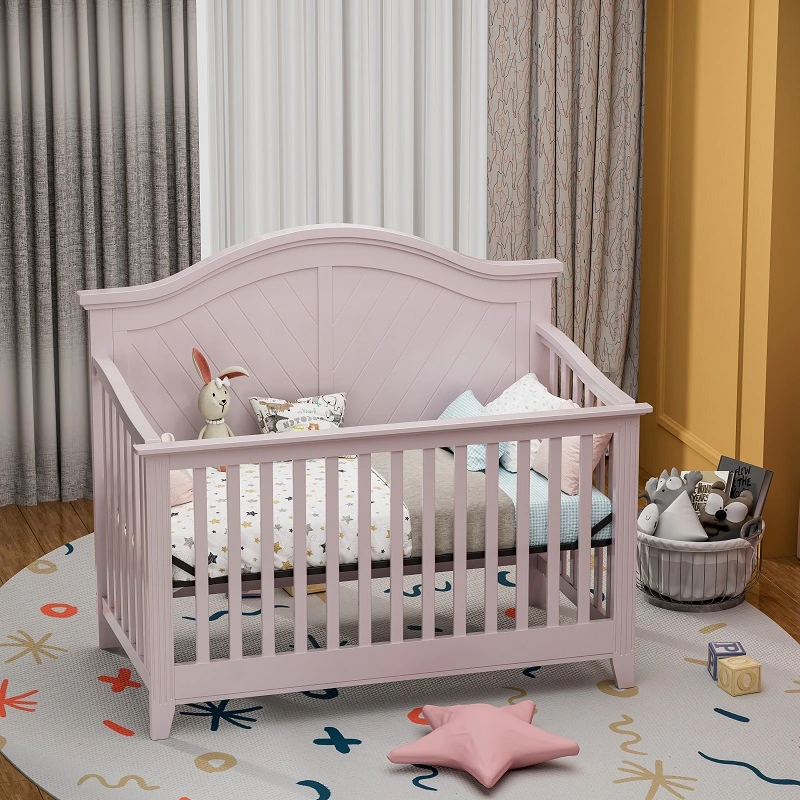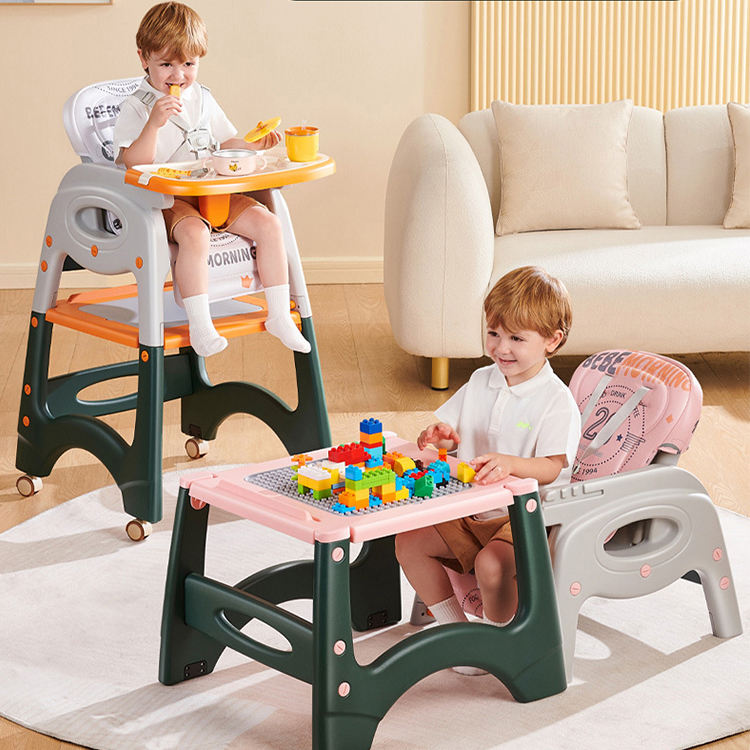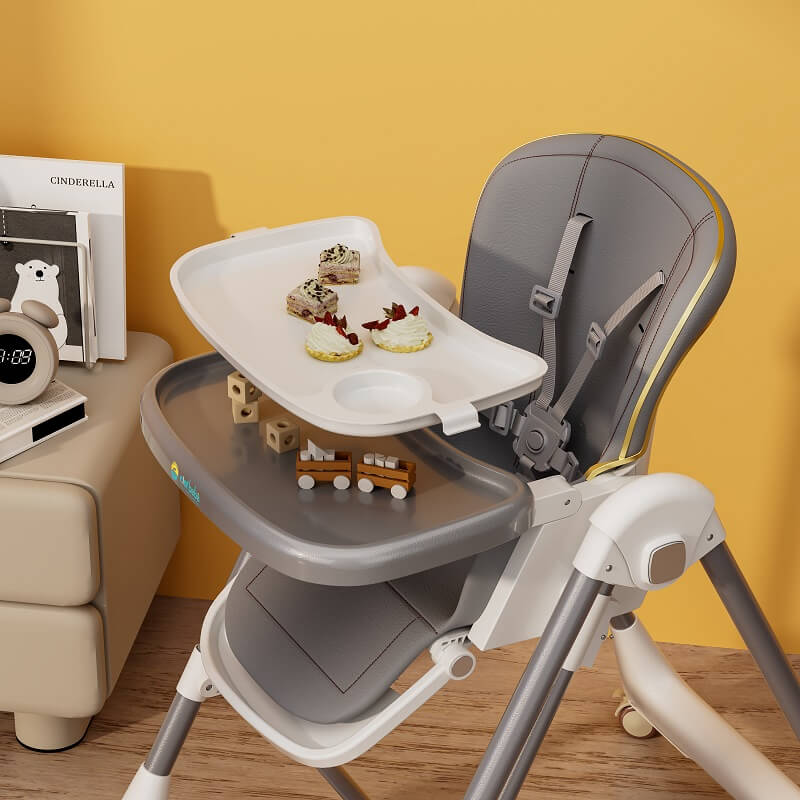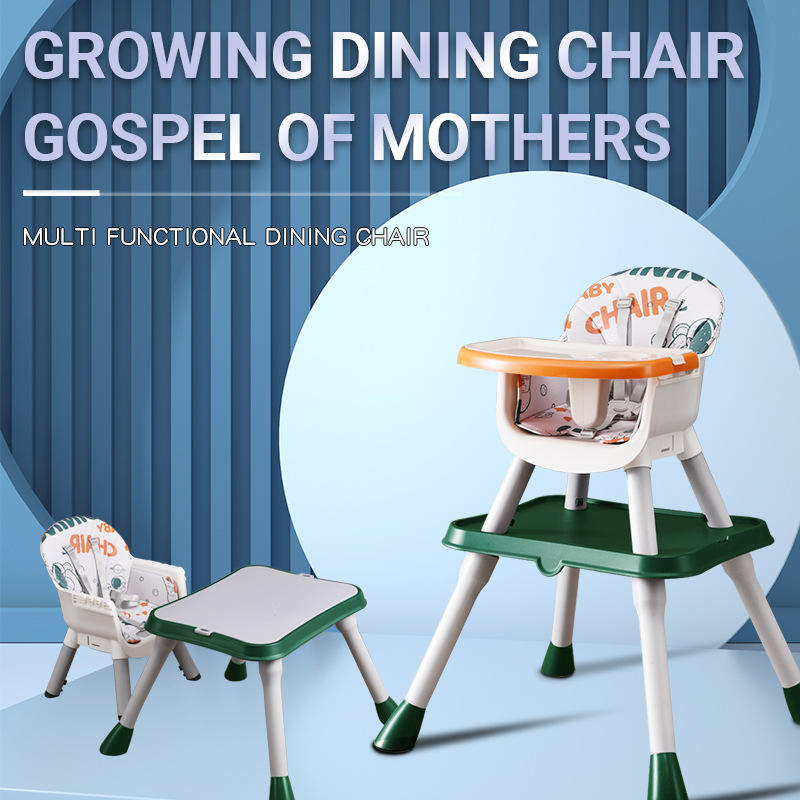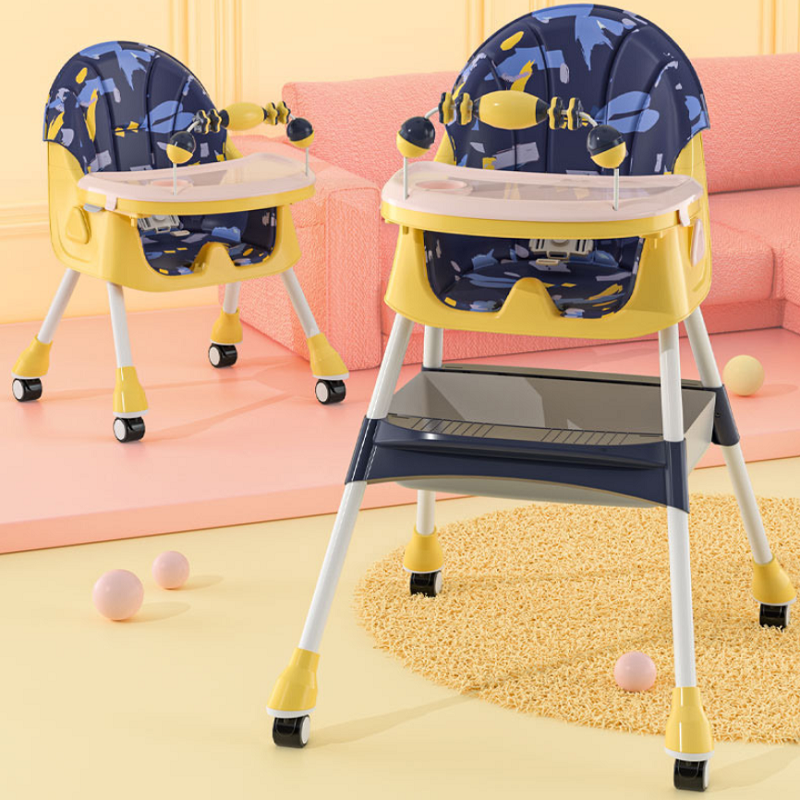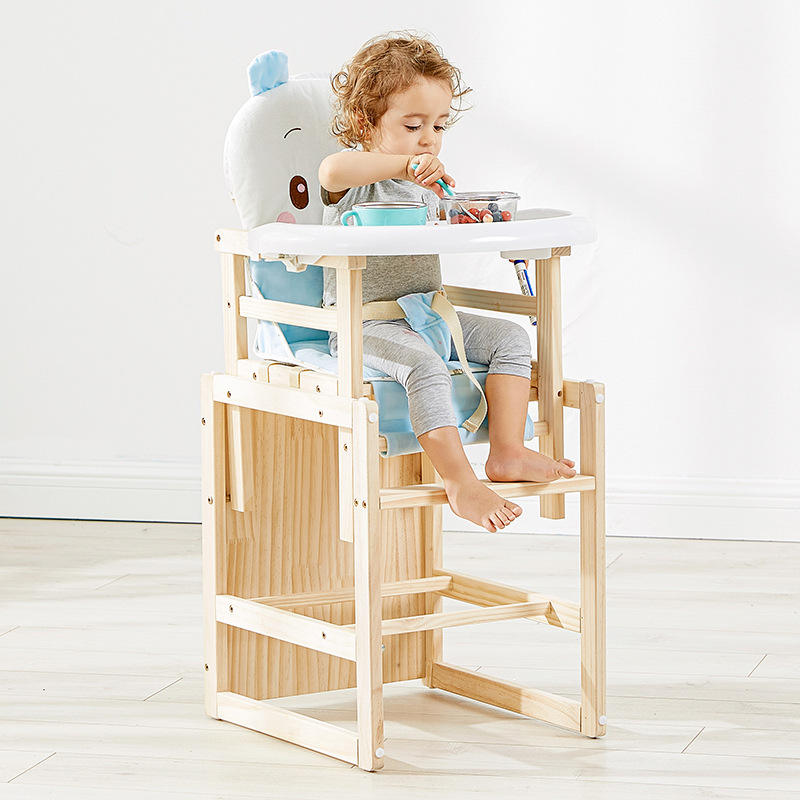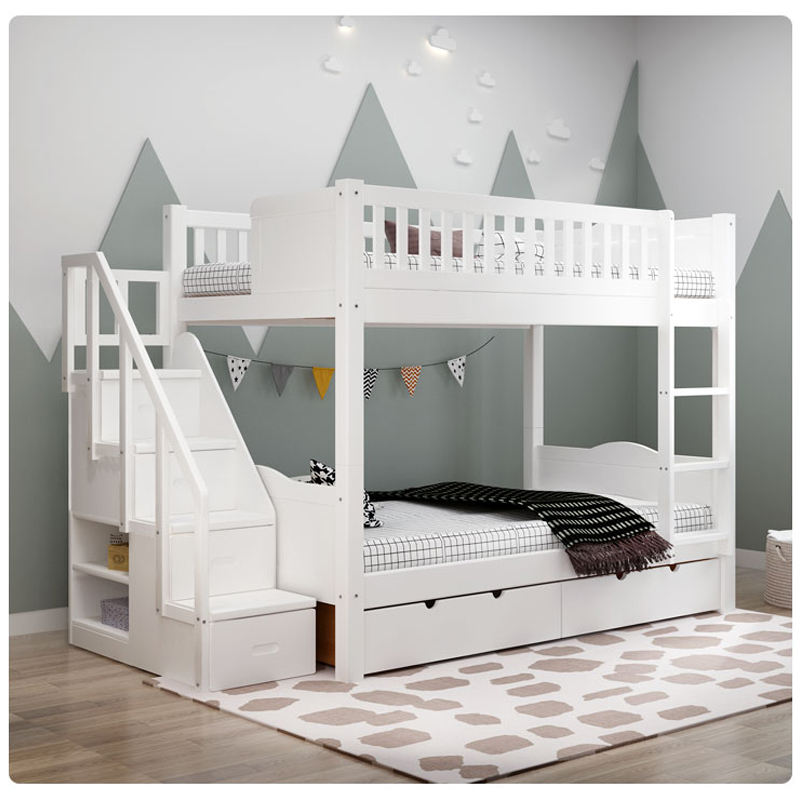Transitioning your little one from a bassinet to a crib is a significant milestone in their growth and development. This decision requires careful consideration of various factors, including your baby’s age, sleep patterns, and individual readiness signs. In this comprehensive guide, we’ll explore the advantages of bassinets and cribs, help you identify the ideal timing for the transition, and provide practical strategies to ensure a smooth and stress-free process.
Crib Vs. Bassinet: Which One Is Better for Newborns?
Advantages of Bassinets
1. Portability and space-saving design: Bassinets are lightweight and easy to move, making them ideal for keeping your newborn close by, whether you’re in the bedroom, living room, or even visiting family.
2. Proximity for nighttime feedings: Bassinets are designed to be placed right next to your bed, allowing you to easily reach and attend to your baby without having to get up and walk across the room. This convenience can be a lifesaver during those late-night feeding sessions.
Advantages of Cribs
1. Longevity and cost-effectiveness: Cribs can be used from infancy through toddlerhood, offering more extended use than bassinets, which are typically suitable only for the first few months. Investing in a high-quality crib can be a more cost-effective choice in the long run.
2. Greater safety features: Cribs are subject to strict safety regulations and often come equipped with features like adjustable mattress heights, sturdy construction, and breathable mesh sides. These safety features can provide peace of mind for parents.
If you have a smaller home or plan to room-share with your baby, a bassinet might be the more practical option initially. However, if you have ample space and prefer a more permanent sleeping solution from the start, a crib could be the better choice. But one thing that needs to be understood is that the cradle is only suitable for use in the first few months of the baby. Eventually, the baby will need to move to a crib.
When to Move Baby to Crib?
While there is no definitive age for transitioning to a crib, most experts recommend making the switch between 3 and 6 months of age. However, it’s essential to watch for your baby’s individual readiness signs rather than relying solely on age. Some babies may be ready earlier, while others may prefer the coziness of a bassinet for a little longer. If your infant has been using a cradle since birth, watch for these signs indicating they’re prepared to move to a crib:
Sleeping through the night: If your baby can sleep for extended periods without waking, it might be time to move to a crib.
Outgrowing the bassinet: Most bassinets have a weight limit or size restriction, and once your baby reaches these limits, it’s time to move them to a larger sleeping space.
Showing curiosity and mobility: Once your baby starts rolling over, sitting up, or pulling themselves up, the bassinet may no longer be a safe sleeping environment.
How to Transition Baby to Crib?
1. Creating a Safe Sleep Environment
- Crib safety standards: Choose a crib that meets current safety standards set by organizations like the Consumer Product Safety Commission (CPSC) or the Juvenile Products Manufacturers Association (JPMA).
- Optimal crib setup: Use a firm, tight-fitting mattress and avoid using loose bedding, pillows, or soft toys, as these can increase the risk of suffocation or entrapment.
2. Establishing a Sleep Routine
A consistent bedtime routine can help your baby feel secure and comfortable in their new sleeping environment. Consider incorporating soothing rituals like bathing, reading a bedtime story, or singing lullabies.
3. Introducing the Crib Gradually
- Daytime naps in the crib: Start by having your baby nap in the crib during the day, so they can become familiar with the new sleeping space.
- Allowing the baby to explore the crib during playtime: Let your baby spend some awake time in the crib, exploring the new environment and getting comfortable with it.
Strategies to Help Your Baby Transition to a Crib
Transitioning your baby to a crib can be approached in different ways depending on your baby’s temperament and your family’s needs.
Cold Turkey Approach
When it comes to transitioning your baby to a crib, using the cold turkey approach means moving your baby from co-sleeping or a bassinet directly to a crib all at once, rather than gradually transitioning them over a period of time.
Pros:
- Quicker Adjustment: Your baby may adjust faster since they are not given an extended period to adapt gradually.
- Clear Boundaries: This method establishes a clear and immediate separation between co-sleeping or bassinet sleeping and crib sleeping. It helps your baby understand that the crib is their new sleeping space from the start.
Cons:
- Higher Initial Distress: Babies might experience more distress initially as they suddenly adapt to a new sleeping environment.
- Increased Night Wakings: There may be more frequent night wakings and crying during the first few nights.
Gradual Transition Approach
Pros:
- Less Distress: Gradual changes can minimize distress for your baby, making the transition smoother.
- Better for Sensitive Babies: Ideal for babies who are more sensitive to changes in their environment or who have strong attachment needs.
Cons:
- Longer Process: It takes more time and patience, which can be challenging for parents who are eager to make the transition quickly.
- Potential Mixed Signals: Inconsistent cues might confuse some babies if not managed carefully.
Using the cold turkey approach can be effective for some families, particularly if the baby is resilient and adapts well to changes. However, it’s important to be prepared for some initial resistance and to remain consistent and calm throughout the process. If the cold turkey approach feels too abrupt for your baby or your family, consider a gradual transition method as an alternative.
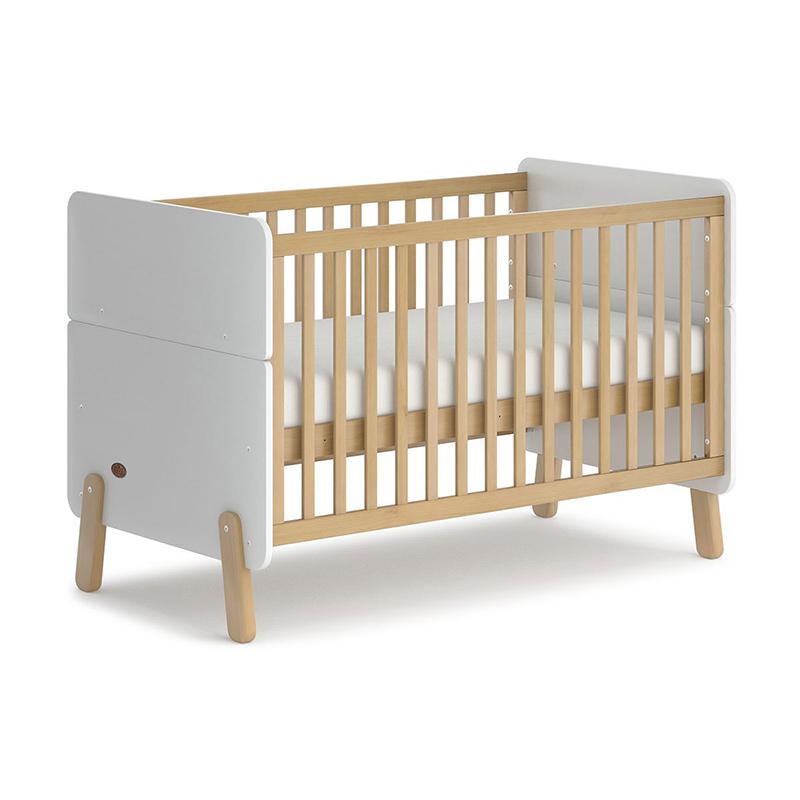
Common Challenges and Solutions
1. Night Wakings
The new sleep environment might cause your baby to wake up more often during the night. This is a common concern for many parents, resulting in both children and parents experiencing poor rest. Here are some explanations for why infants wake up at night and strategies to address these issues:
Hunger: Babies, especially those younger than six months, may wake up due to hunger. Ensure your baby is well-fed before bedtime to reduce the likelihood of waking due to hunger.
Discomfort: Check for any signs of discomfort such as a wet diaper, teething pain, or illness. Make sure your baby’s sleeping environment is comfortable, with appropriate room temperature and comfortable bedding.
Separation Anxiety: As babies become more aware of their surroundings, they may wake up missing the close contact they had during co-sleeping. Use a consistent bedtime routine and offer a comfort object, like a lovey or a blanket that smells like you, to help ease this anxiety.
Sleep Associations: If your baby is used to falling asleep while being rocked or nursed, they might wake up when they realize those conditions have changed. Gradually teach your baby to fall asleep independently by putting them in the crib while drowsy but still awake.
When to Seek Advice from a Pediatrician:
- Frequent Night Wakings: If your baby continues to wake frequently despite consistent routines and a comfortable sleep environment, it might be time to seek advice. Frequent wakings can sometimes indicate an underlying medical issue, such as reflux or sleep apnea.
- Excessive Crying or Fussiness: If your baby is excessively crying or fussy and you can’t identify the cause, consult your pediatrician to rule out any medical conditions.
2. Sleep Regression
Sleep regression typically occurs during developmental milestones, such as learning to crawl, walk, or talk. Common ages for sleep regressions are around 4 months, 8-10 months, and 18 months. During a sleep regression, a baby who previously slept well may start waking frequently, resisting naps, or having trouble falling asleep.
You can continue to follow a consistent bedtime routine during this time. You can also help your baby settle with extra hugs, soothing words, or gentle pats on the back. While it’s important to soothe your baby, try to avoid creating new sleep dependencies, such as always having to rock your baby to sleep. Encourage self-soothing techniques whenever possible.
Sleep regression is temporary, so be patient and flexible in your approach, knowing that this phase will pass as your baby adapts to new developmental skills.
3. Separation Anxiety
Around 6-9 months, babies often experience separation anxiety, making them more clingy and resistant to being alone in a crib. This is normal, but there are a number of methods you can use to alleviate this feeling.
Gradually increase the distance between you and your baby during sleep times. Start by staying in the room until your baby falls asleep, then gradually reduce your presence over time. Speak in a calm and soothing voice, and provide gentle touches to comfort your baby.
During the day, practice short separations to help your baby get used to being apart from you. Start with brief periods and gradually increase the duration as your baby becomes more comfortable.
Your baby can pick up on your emotions. Stay calm and confident during the transition, as this can help reduce your baby’s anxiety.

Tips for Soothing and Comforting the Baby
Transitioning your baby to a crib can be a challenging time, but there are several strategies you can use to soothe and comfort your baby, making the transition smoother for everyone involved. Here are some detailed tips:
1. Dim the Lights
Lowering the lights in the room signals to your baby that it’s time to sleep. A dimly lit environment can help produce melatonin, the sleep hormone.
2. White Noise Machine
A white noise machine can mimic the soothing sounds your baby heard in the womb. It can also drown out household noises that might wake your baby.
3. Room Temperature
Maintain a comfortable room temperature between 68-72°F (20-22°C). Overheating or being too cold can disrupt your baby’s sleep.
4. Gentle Patting and Shushing
When your baby is in the crib, gently pat their back or stomach and use a soothing “shhh” sound. This can mimic the feeling and sounds of being in the womb.
5. Swaddling
For younger babies who haven’t started rolling over, swaddling can provide a sense of security and prevent startle reflexes from waking them. Ensure you swaddle safely to prevent any risks.
6. Stay Close Initially
Sit next to the crib until your baby falls asleep. Your presence can be very reassuring. Gradually reduce the amount of time you spend in the room over several nights.
7. Consistent Response
When your baby wakes up, respond consistently with a calming routine. Avoid picking them up immediately; instead, use gentle patting and soothing sounds.
8. Offer a Pacifier
If your baby uses a pacifier, offering it can help soothe them back to sleep.
9. Reassure Verbally
Use a calming voice to reassure your baby that you are nearby. Repeat phrases like “It’s time to sleep now” or “Mommy/Daddy is right here.”
10. Brief Check-Ins
If your baby is very upset, consider brief check-ins. Go into the room, reassure them without picking them up, and then leave again. Gradually extend the time between check-ins.
Conclusion
Remember, every baby is unique, and the transition may take time. Offer reassurance and support throughout the process, and celebrate each small victory as your baby adjusts to their new sleeping sanctuary. With patience, consistency, and a nurturing touch, you’ll soon find your little one peacefully slumbering in their cozy crib, ready to embark on the next chapter of growth and discovery.
Recommended Related Articles:
- Top 20 Crib Manufacturers in 2024
- Bedside Crib: Attached to Parents’ Bed Ultimate Guide
- Best Portable Cribs: Grandparents’ Sleepover Guide
- Best Cribs for Small Spaces Complete Guide
- 10 Best-Rated Mini Baby Cribs Brands of 2024
- Best 20 Baby Crib Manufacturers in USA – Craft Child
- Best Baby Cribs in 2024: A Complete Guide – Craft Child
